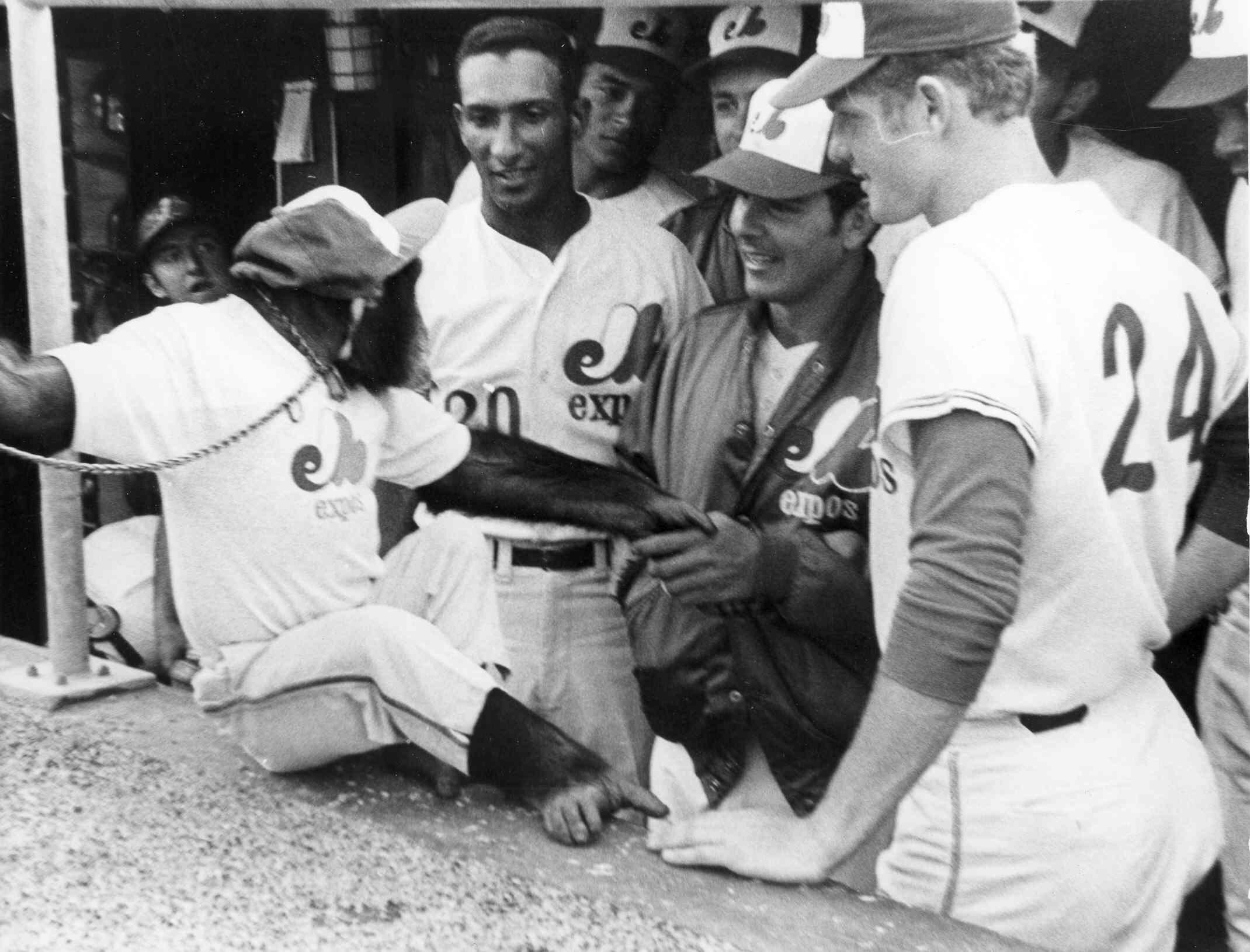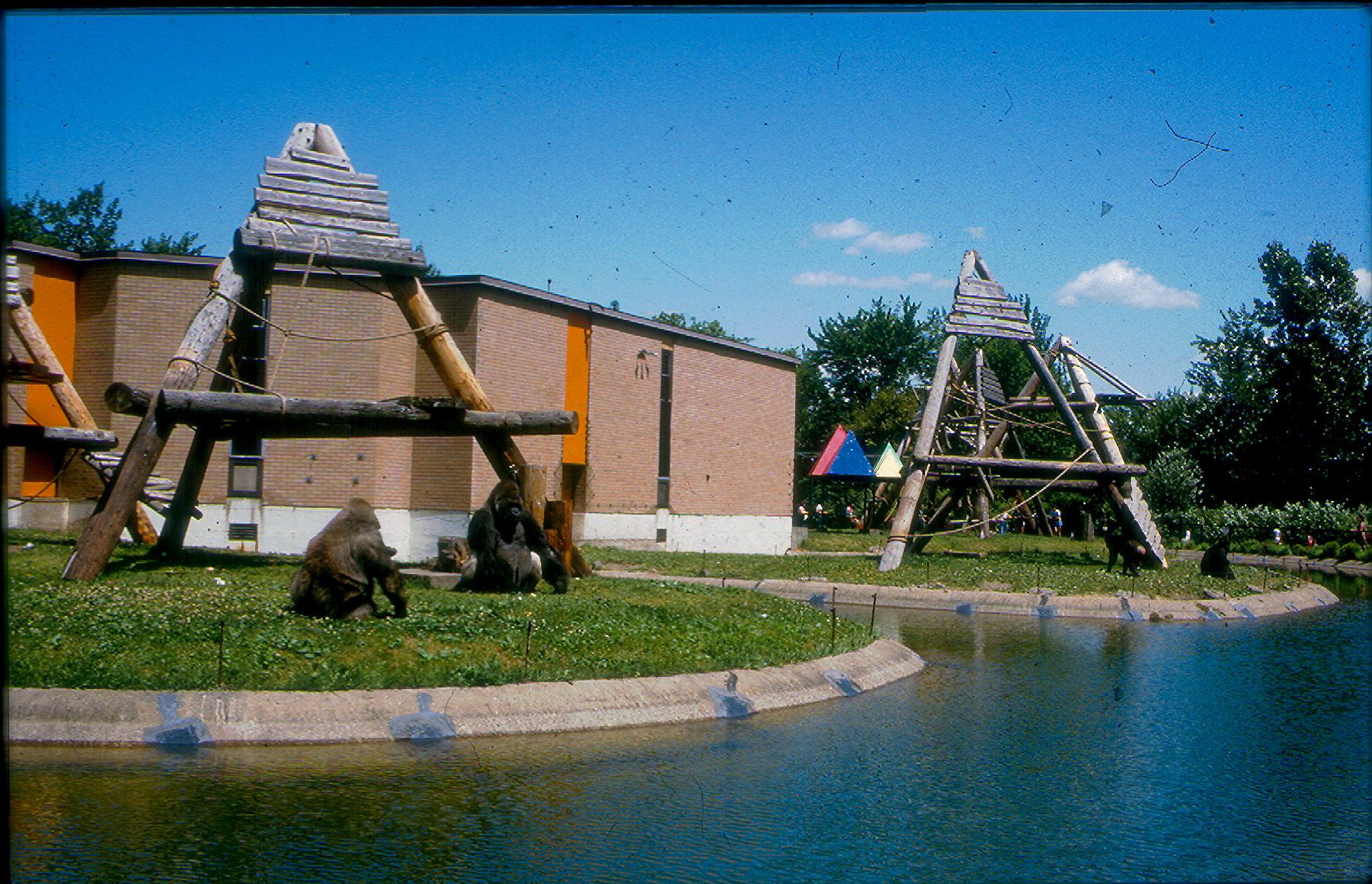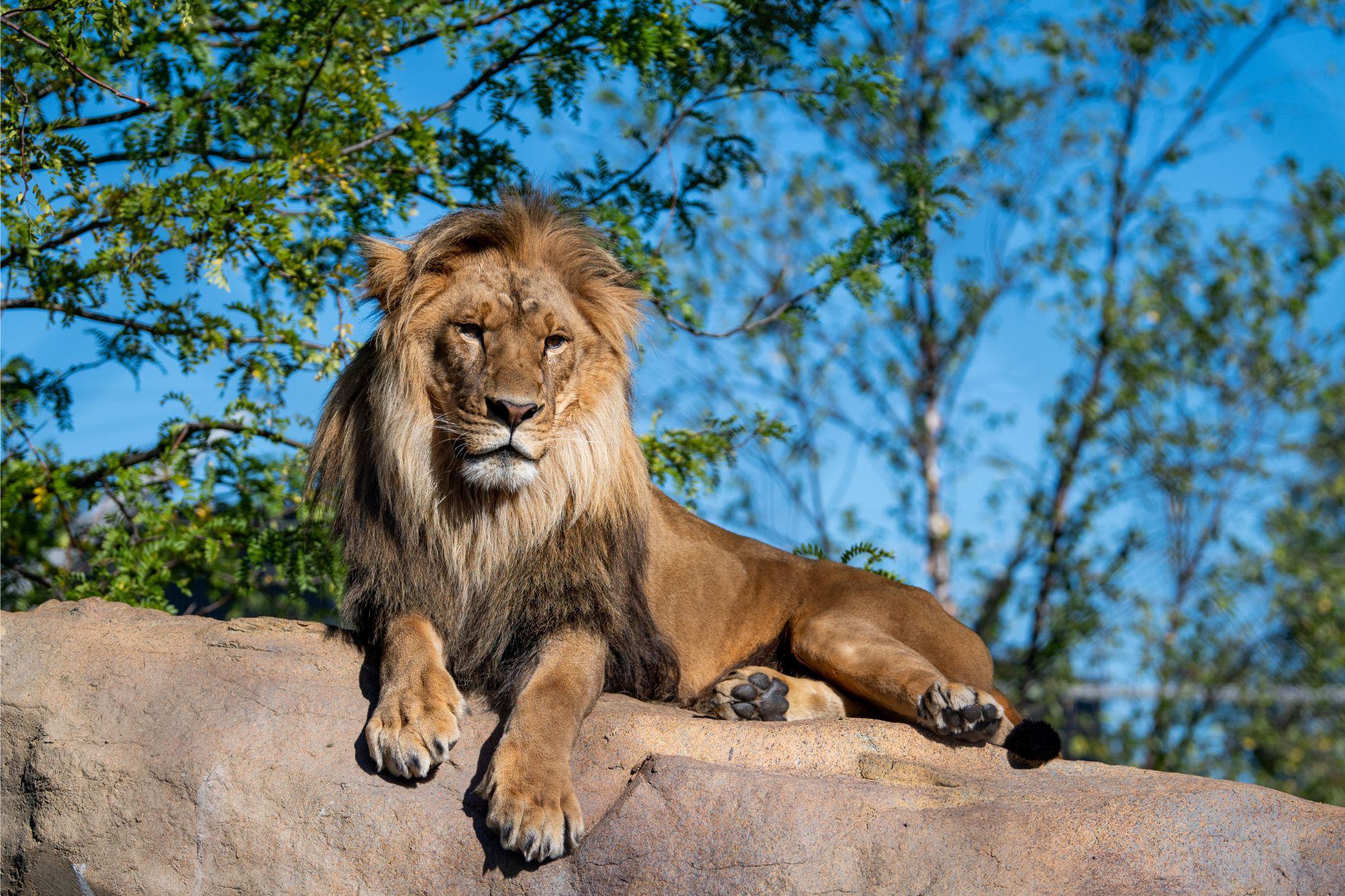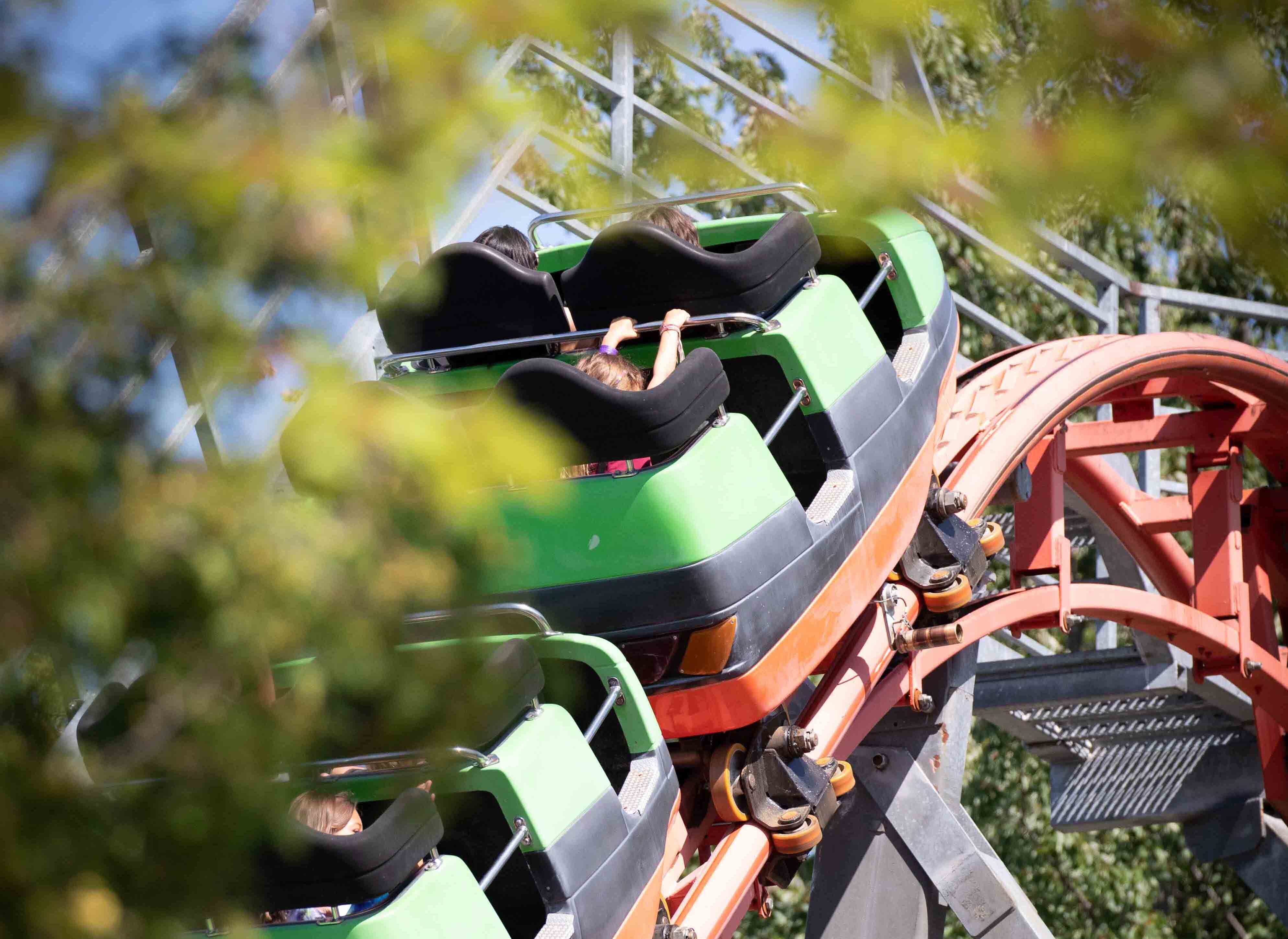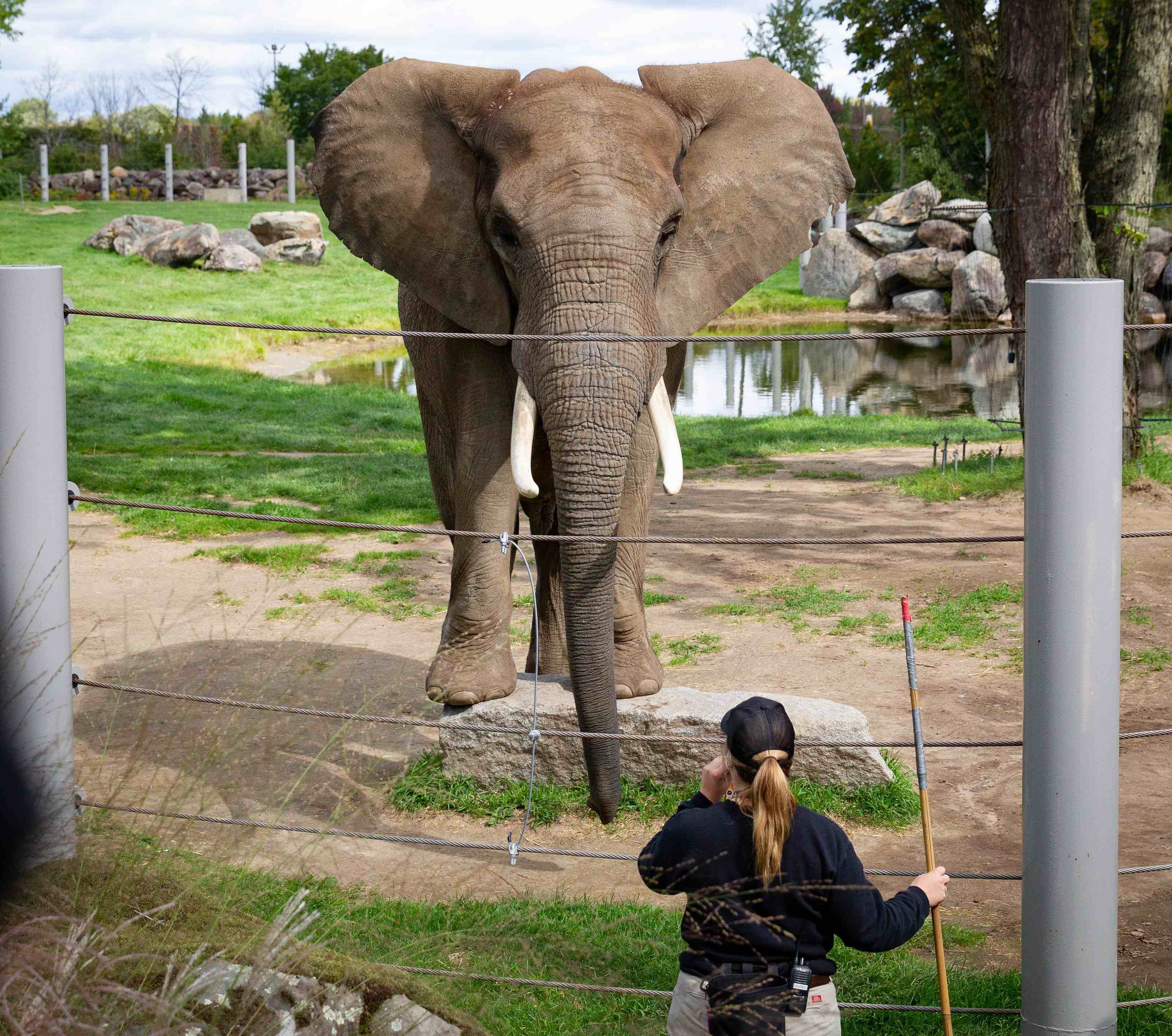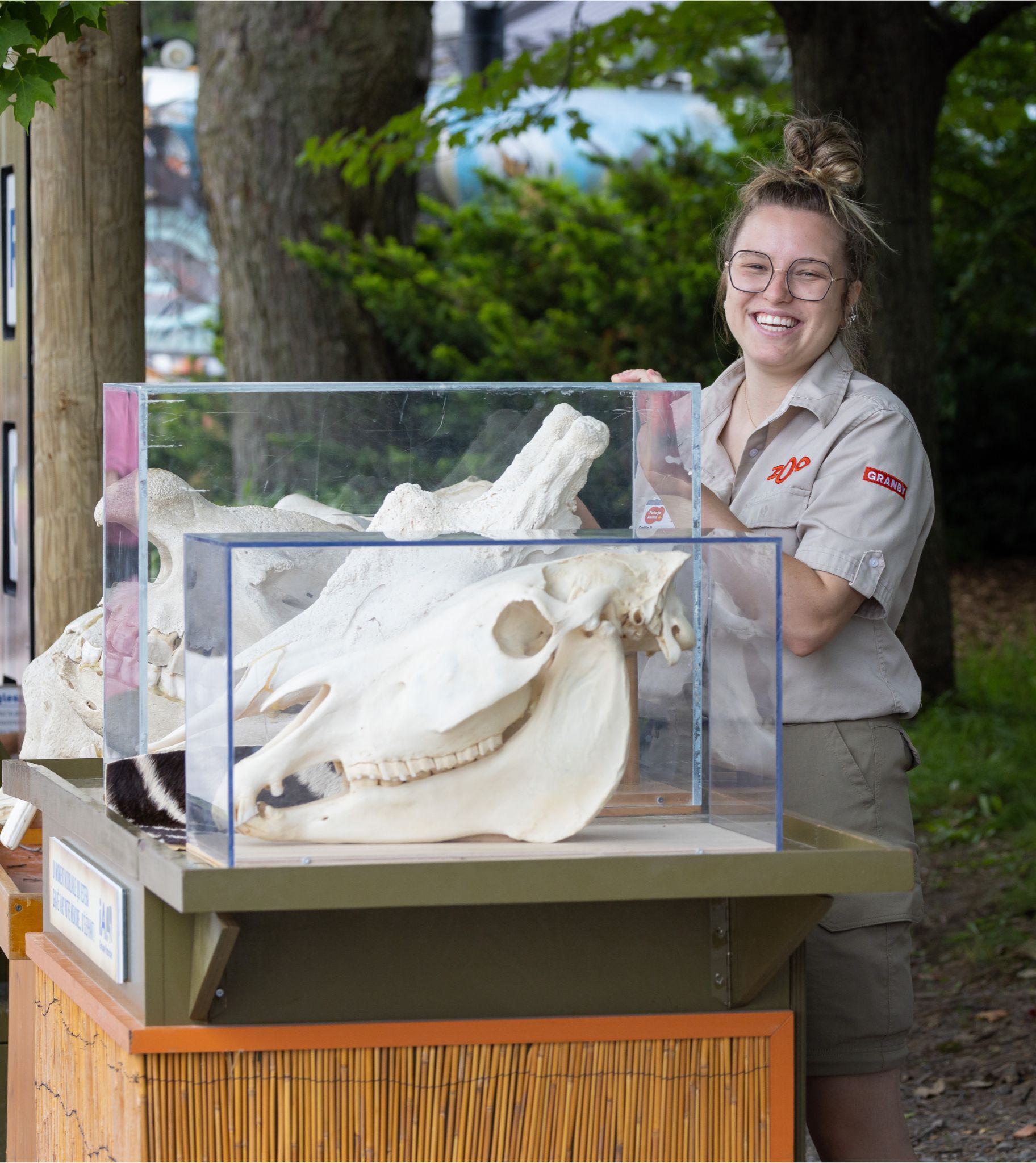The Transformation process of A Zoo (1966 - 1996)
Now a leading tourism enterprise in Québec and a conservation organization dedicated to preserving the animal world,
the Zoo de Granby is celebrating its 70th anniversary in 2023. To commemorate this milestone, we’re inviting you to discover, through a series of events and memorable anecdotes, some of the elements that have made a lasting impression on people and contributed to the Zoo’s history.
Chapter Three: The Transformation of A Zoo (From 1966 to 1996)
From the middle of the 1960s to the end of the 1970s, the Zoo de Granby had the wind in its sails so to speak, and attracted record crowds! This non-profit organization was now generating sufficient surpluses to invest in larger scale projects, in addition to maintaining its regular operations.
During this period, the Zoo gradually updated its practices and modernized its installations. While some of the practices of the time may today raise quite a few eyebrows, the fact remains that they were of their time, 50 years ago! During this golden age, our knowledge of exotic species gradually developed, and the Zoo de Granby projected itself definitively into the future, taking its first steps towards the modern era of zoos!
The 1960s
In 1969, the Primate Pavilion was inaugurated. Here is where you could admire the chimpanzee Gustave, famous for having “thrown” a ball during a match of the now-defunct Expos baseball team. At the time, this was a groundbreaking way of showcasing animals (on islands, with no visible restraints), but the infrastructure had several drawbacks. In fact, the animals were often the target of food (or other projectiles) thrown at them by visitors who wanted to provoke a reaction from these animals with their strangely human appearance.
This pavilion remained in operation until 1989, when it was partially demolished and converted into the Caverne des Débrouillards, which was opened to the public in 1992. As for the large primates still present at the Zoo, our lowland gorillas, they were given new installations better suited to their needs in 1996, in what is now the Afrika pavilion.
The 1970s
In 1973, the zoo housed 1,005 birds, 335 mammals and 17 reptiles! To lighten the workload of the teams on site, many of whom with no professional training in animal care, the Zoo adopted a special strategy: Births requiring a great deal of care were entrusted to certain local residents.
For example, a lady from Roxton Pond in the Eastern Townships raised no fewer than 107 baby felines (tigers, lions, jaguars, lynxes, etc.) in her home between 1971 and 1978! While for many this may sound like a dream, one of the consequences of such a practice was that these baby animals became imprinted with human behaviours which altered their natural behaviour. Some subsequently developed stereotyped behaviour, or were unable to reproduce or to be introduced with members of their species.
Nowadays, responsible practices, mindful of animal well-being, recommend leaving young animals with their parents so that, through this contact with members of their species, they can learn to integrate behaviours that are natural and specific to these animals.
The 1980s
In 1984, a record 400,000 visitors came to the Zoo to see the new Maison des reptiles. The Zoo took advantage of this boom to invest massively in visitor infrastructures, including the construction of a souvenir boutique, a new car parking area and new entrance booths along boulevard David-Bouchard.
The 1980s also brought about a major shift towards conservation and education, with the creation of an education department in 1986. For the first time, the zoo also welcomed a pair of snow leopards, a rare and threatened species in the wild, in order to contribute to efforts aimed at reproducing the species in a zoo environment. The initiatives put in place and the institution’s determination to continue improving its practices enabled it to obtain its very first accreditation from the AZA (Association of Zoos and Aquariums) in 1990.
The Zoo de Granby became the first zoological institution in Québec and the fourth in Canada to receive this recognition. The AZA accreditation ensures the continuous improvement of our practices and the establishment of high standards in terms of wildlife care and promotion.
